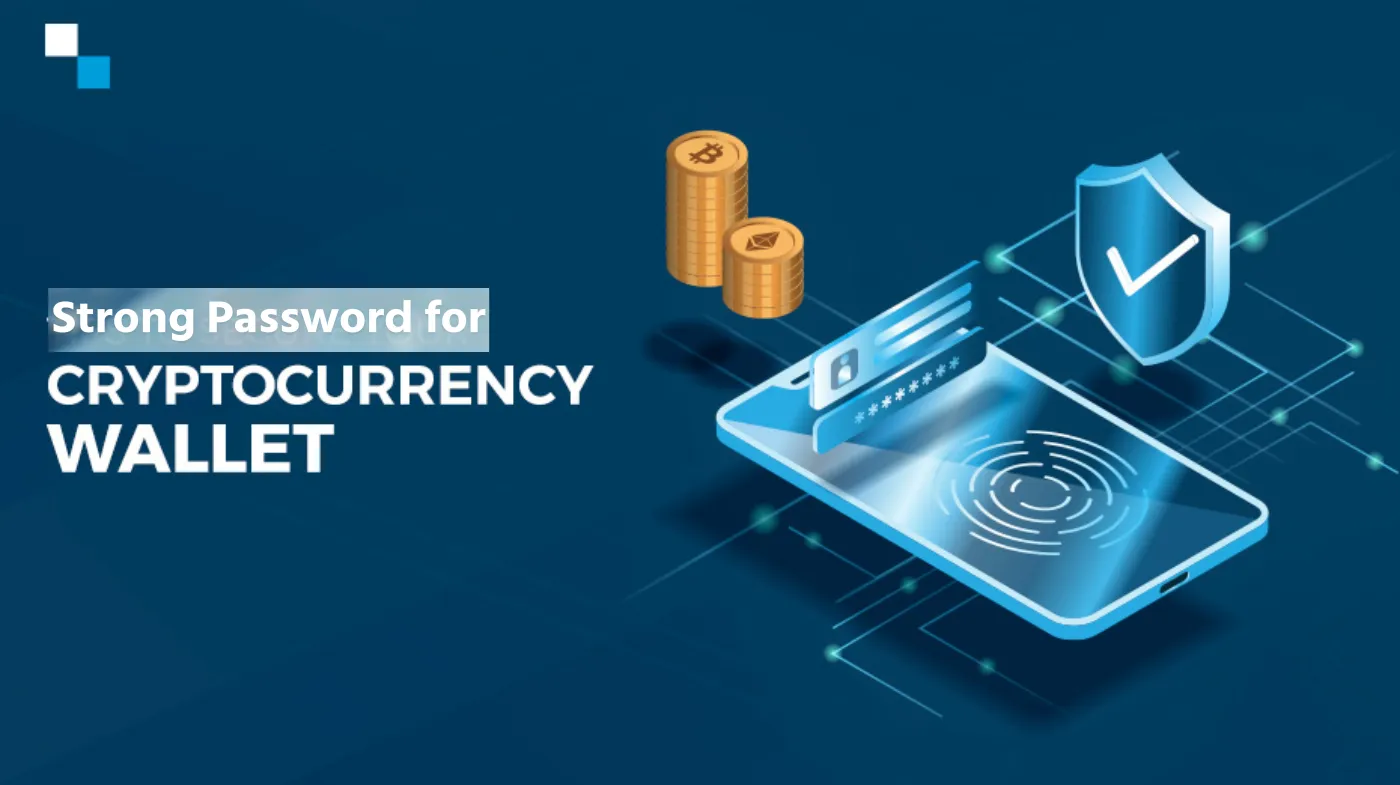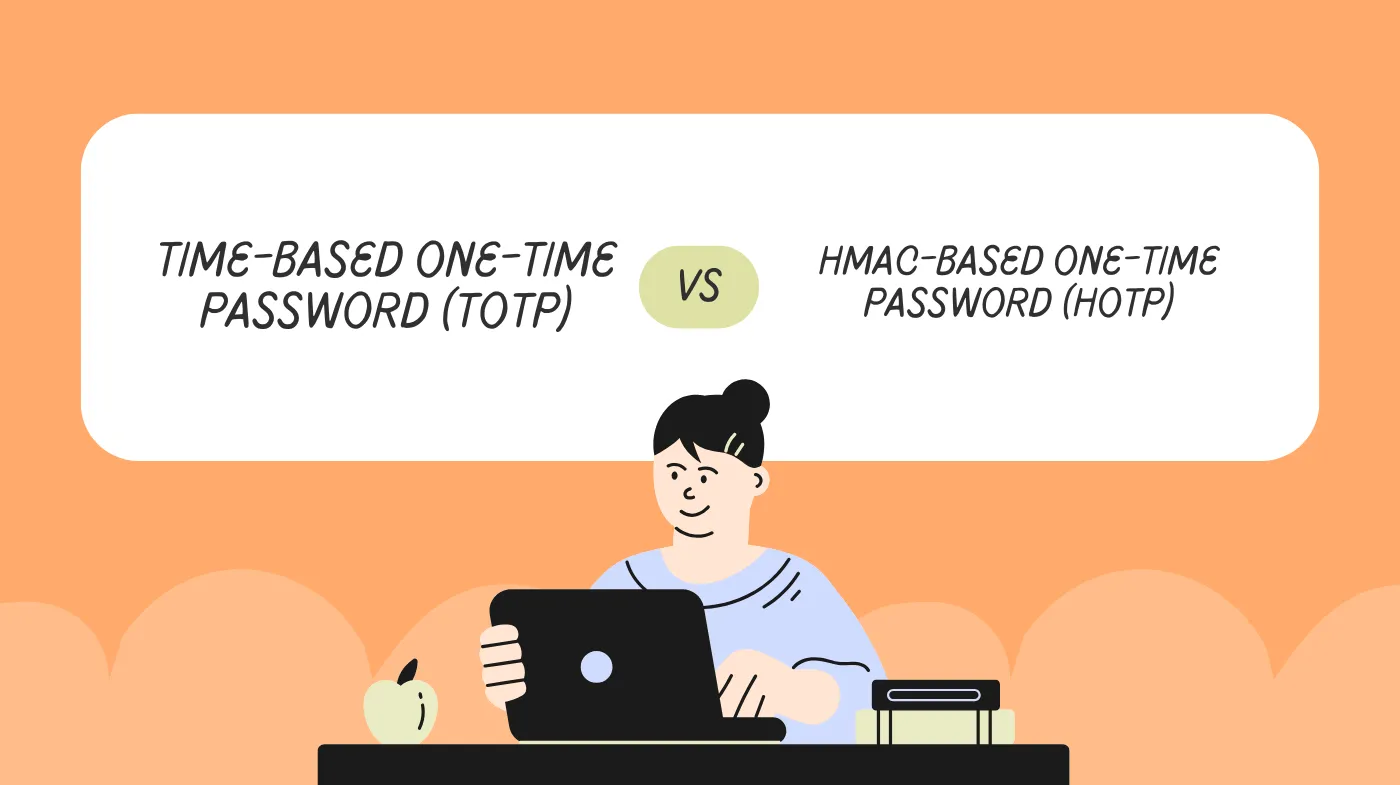
Your password is your first and strongest shield for your crypto wallets. One weak link can open the door to irreversible losses. That’s why securing your crypto wallet begins with crafting a password that’s nearly impossible to crack.
But what exactly makes a password strong? It’s more than just random characters. You need a smart blend of alphanumeric characters, symbols, length, and strategic storage. From generating passwords with secure tools to mastering the differences between HOTP and TOTP in two-factor authentication, every detail matters.
Tools like a Strong Password Checker and an Encrypted Password Generator aren’t just helpful, they’re crucial. Whether you’re new to crypto or just tightening up your security, this guide to generating and managing secure passwords will help ensure your digital assets stay yours and yours alone.
Steps to Create Strong Passwords for Crypto Wallets
Creating strong passwords for your crypto wallet is essential for safeguarding your assets. Start by:
Step 1: Use a Mix of Characters & Symbols
To guarantee your crypto wallet remains secure, you must incorporate a mix of characters and symbols into your password. A strong password includes both uppercase and lowercase letters, numbers, and special characters like ! @ # $ % ^ & *.
This combination greatly increases the complexity of your password, making it much harder for brute-force attacks to succeed. Using an Alphanumeric Characters Password structure guarantees that your password is unpredictable and robust.
If you struggle to create a secure password, consider using an Online Password Generator or an Encrypted Password Generator. These tools can produce random combinations that you’d likely never come up with on your own, enhancing your wallet’s security even further.
Step 2: Go for Length, Longer is Stronger
A password that stretches to at least 16 characters greatly enhances your crypto wallet’s security. The longer your password, the more difficult it becomes for attackers to crack. Aim for even more characters if you can; every additional character exponentially increases the complexity.
To verify your password meets strength criteria, utilize a strong password checker. These tools evaluate your password’s robustness based on length and complexity, helping you identify weaknesses.
Regularly assess your existing passwords to maintain security, especially if you suspect any may have been compromised. Remember, a lengthy password, combined with a mix of characters and symbols, forms a formidable barrier against unauthorized access to your valuable crypto assets.
Step 3: Enable Two-Factor Authentication (2FA)
Even with a long and complex password, there’s always a risk of compromise. That’s where two-factor authentication (2FA) steps in, adding an important layer of security to your crypto wallet.
By enabling 2FA, you greatly reduce the chances of unauthorized access. Two common methods are TOTP (Time-Based One-Time Password) and HOTP (HMAC-Based One-Time Password).
TOTP generates codes that change every 30 seconds, typically through apps like Google Authenticator, making it more secure for crypto wallets. On the other hand, HOTP creates a new code each time you log in. Implementing 2FA is vital; it provides an additional safeguard.
Step 4: Avoid Common Words and Phrases
While crafting a strong password for your crypto wallet, steer clear of common words and phrases. Using dictionary words, personal information like birthdays, or predictable patterns such as “123456” or “password1” makes your password vulnerable.
These can be easily guessed through dictionary attacks or social engineering tactics. Instead, opt for random strings of characters or complex passphrases generated by a Strong Password Generator. This method enhances your password’s complexity, making it considerably harder for hackers to crack.
Remember, the goal is to create a password that’s not only memorable for you but also nearly impossible for others to guess. Prioritize uniqueness and randomness to bolster your wallet’s security.
Step 5: Store and Manage Passwords Safely
Creating a strong password is only part of securing your crypto wallet; how you manage and store that password is equally important. Even the best password is useless if you lose it or if someone else discovers it. Avoid storing your passwords in plain text or taking screenshots.
Instead, consider using a secure password manager with encryption to safeguard your credentials. These tools often include features like a strong password checker, an encrypted password generator, and guides to creating secure passwords.
Additionally, make sure to back up your wallet’s seed phrase in offline, secure locations to prevent unauthorized access. By implementing these practices, you’ll greatly enhance the security of your crypto wallet.
What’s better, TOTP or HOTP for crypto wallets?

Which method offers stronger security for your crypto wallet: TOTP or HOTP? TOTP, or Time-based One-Time Password, is generally the better choice. It generates a unique code every 30 seconds, making it more secure against replay attacks.
Since TOTP relies on time synchronization, it minimizes the risk of an attacker using a stolen code long after it was generated. On the other hand, HOTP, or HMAC-based One-Time Password, generates codes based on a counter, which can be exploited if the counter is out of sync or reused.
Major wallet platforms primarily support TOTP, enhancing its usability and security. Overall, opting for TOTP provides a robust layer of protection for your crypto assets.
Should I change my crypto wallet password regularly?
It’s vital to update your password regularly, especially if you suspect that your wallet may be compromised. A good practice is to change it every three to six months, or immediately after any suspicious activity.
When creating a new password, make sure it’s unique and strong, incorporating a mix of uppercase and lowercase letters, numbers, and special characters. Avoid reusing old passwords to minimize security risks.
Regular updates help protect your assets from unauthorized access and enhance your overall security posture. By staying proactive about password management, you greatly reduce the chances of falling victim to cyber threats targeting your crypto wallet.
Is using an online password generator safe?
When considering the safety of online password generators, evaluate the source. You should only use generators from trusted security companies with a solid reputation. These tools can create complex passwords that enhance your security, but they carry inherent risks.
If the generator’s website is compromised, your generated passwords may be exposed. For the best results, consider using offline or encrypted tools, as they minimize the risk of data interception.
Additionally, verify that your internet connection is secure when using any online service. While online password generators can be convenient, being cautious and choosing reliable sources is crucial for maintaining the integrity of your crypto wallet security.
Fortify Your Wallet with Smart Password Practices
A strong password is your fortress, while a weak one is an open door. By combining uppercase and lowercase letters, numbers, and special characters, you create a robust shield for your crypto wallet. Regularly updating your password and using a reliable password manager enhances your security further.
Don’t leave your assets vulnerable; take proactive steps today. Remember, the strength of your password can mean the difference between security and risk in your crypto investments.
